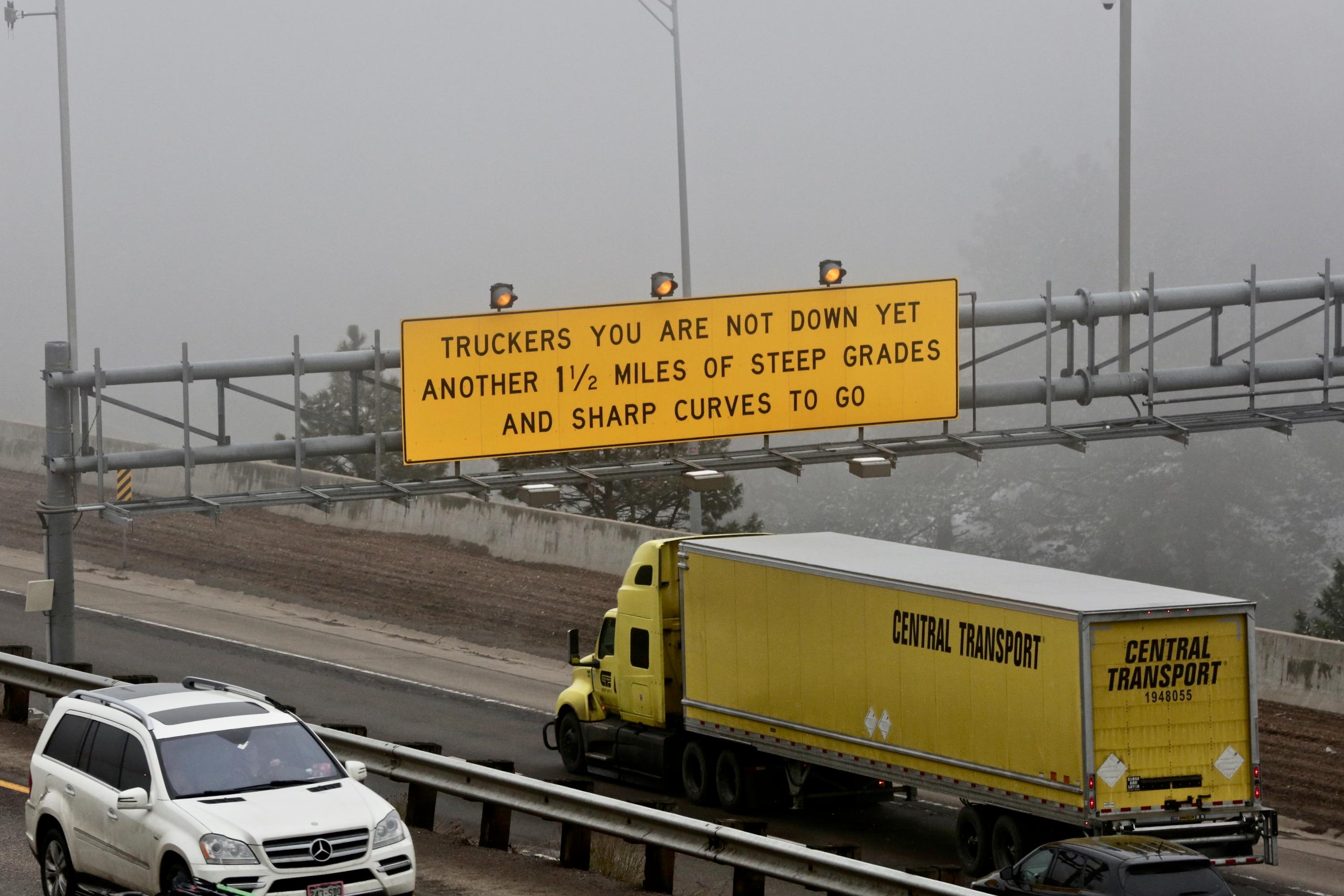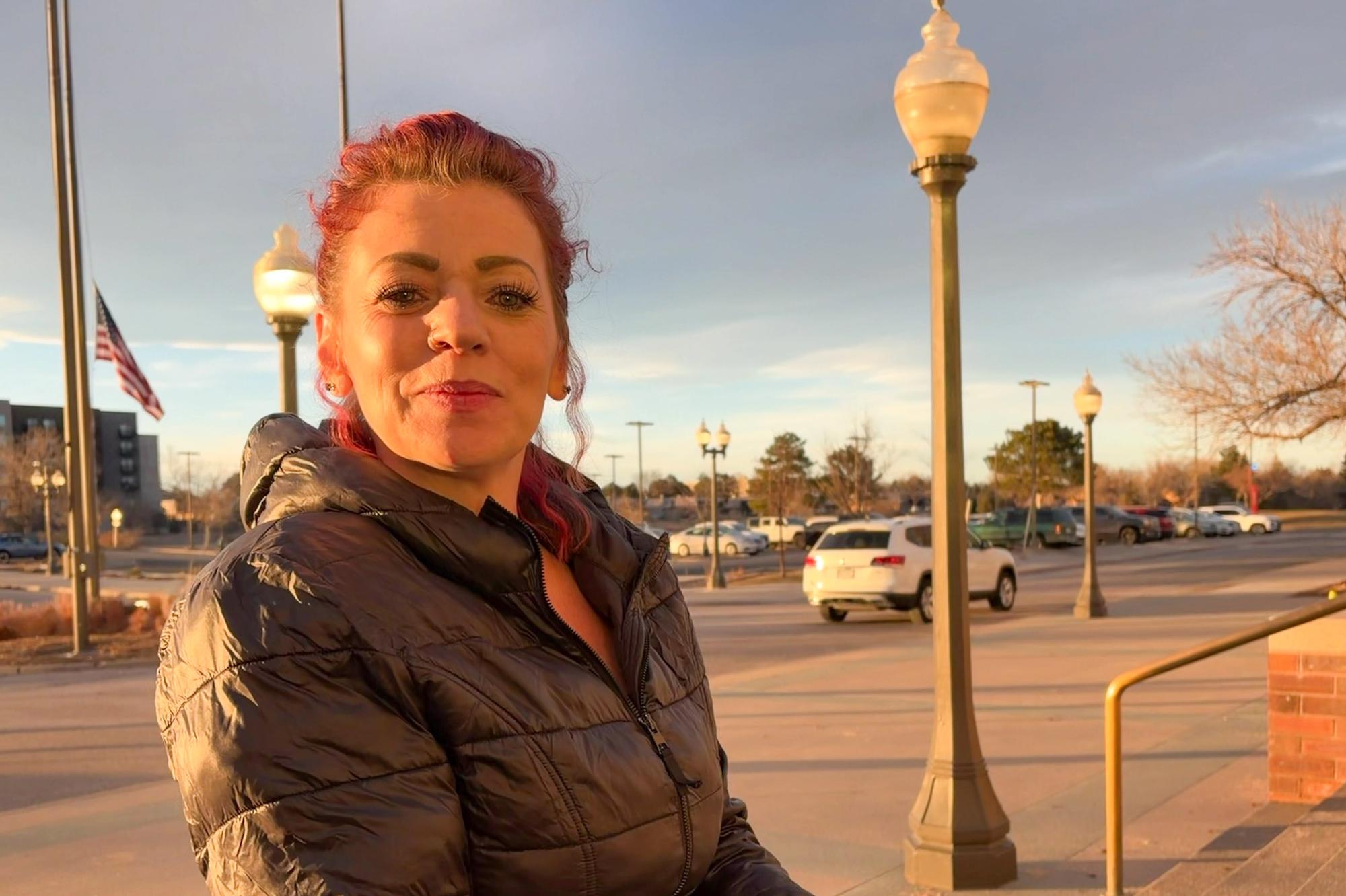

It was a hot August day in 1989. Chris Henning was headed home to Denver after a nice weekend trip in the mountains.
But in typical I-70 fashion, traffic came to a standstill. Henning assumed it was the high volume of summer travelers backing up the highway, or maybe there was an accident.
“As we got closer to what they call Dead Man’s Curve, they actually routed us off the highway and back up over it,” Henning said. “So we thought it’s probably a pretty serious accident if they’re actually clearing the highway.”
But then traffic stopped again.
“People were getting out of their cars to look at the accident and at first I didn’t want to look at it all,” he said. “But a friend of mine who was in the car with me said, ‘You’ve got to come out here and take a look at this.’”
From above, Henning could see the wreckage from the fatal semitrailer crash on Aug. 13, 1989. The collision left two people dead and six or seven injured, as well as dozens of horses dead that were being hauled on the truck.
“I just remember looking over and people would gander over the side and the next thing you know they’re throwing up,” Henning said. “I mean it was just very disturbing.”
In a Denver Post story from the day after, drivers described the truck ramming into cars, metal scraping along the road and a body ejected from a car rolling down the highway.
Similar to the recent I-70 pileup that killed four people, the semitrailer driver in 1989 said brake failure was why he lost control. Also just like the driver from last week, he was arrested and charged with vehicular homicide.
That crash wasn’t the first to claim lives on the stretch of eastbound I-70 known as Dead Man’s Curve — a Denver Post story from that time reported 15 fatalities from 1979 to 1989.
But the crash Henning witnessed did mark a turning point in highway safety.
Dan Hopkins was the communications director for Colorado’s highway department in the ‘80s and ‘90s. After the fatal semi collision, Hopkins said a task force was created to figure out how to make I-70 safer. One idea they came up with was to use new and innovative signage, something California’s Department of Transportation was already doing and seeing some success with.
“So we came up with a number of signs to warn the truckers to stay in low gear, to keep checking their brakes,” Hopkins said. “And the most notable sign is the one that says, ‘Truckers Don’t Be Fooled, You’re Not Down Yet.”
It’s a sign that’s widely recognizable to those who drive on I-70 regularly today. Hopkins said the particular language came from interviewing lots of truck drivers who called that stretch of road deceptive.
“You see the Denver skyline in the distance and you have the sensation and sort of a flat area that you’re out of the mountains,” Hopkins said. “But you’re really not. There’s really a steep incline ahead of you and a tight curve at the end. So we wanted to potentially warn drivers of trucks, no you’re not down yet, you’ve got a ways to go.”
The unique signs made a difference, Hopkins said. A Rocky Mountain News article from 2007 said fatalities were cut in half even as traffic volume grew.









